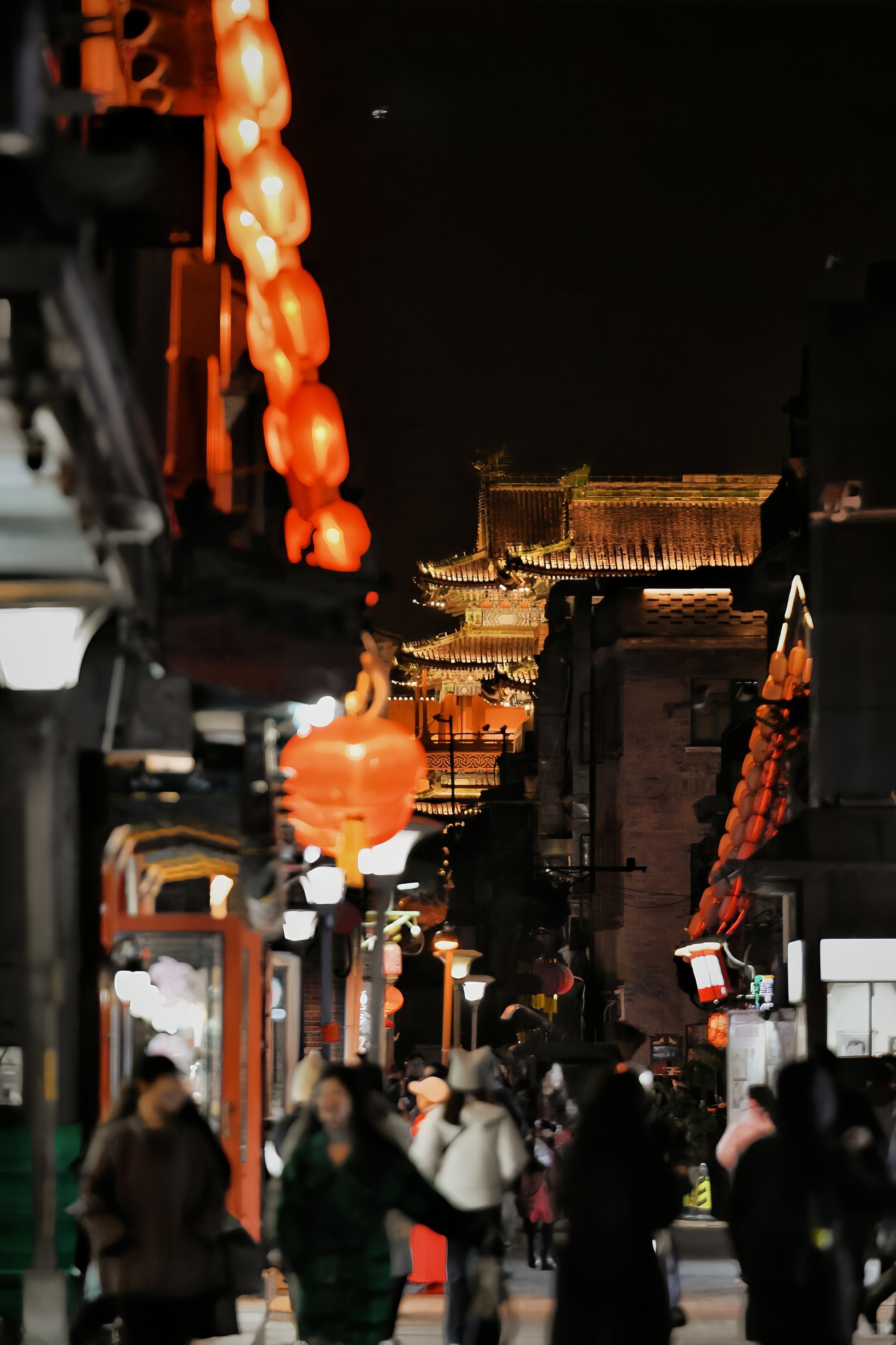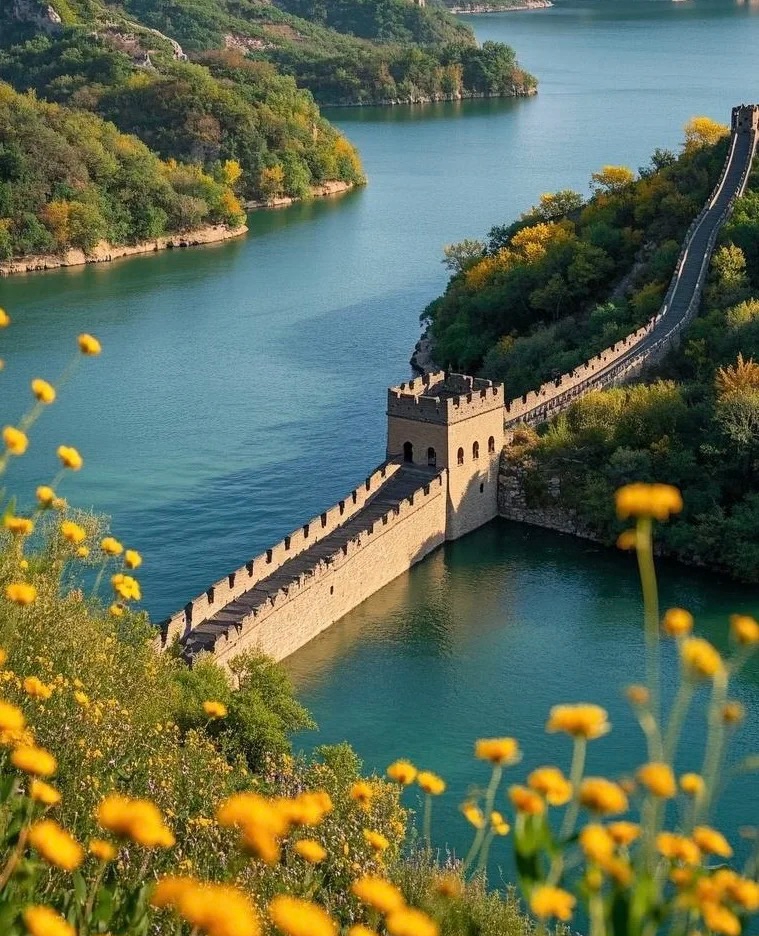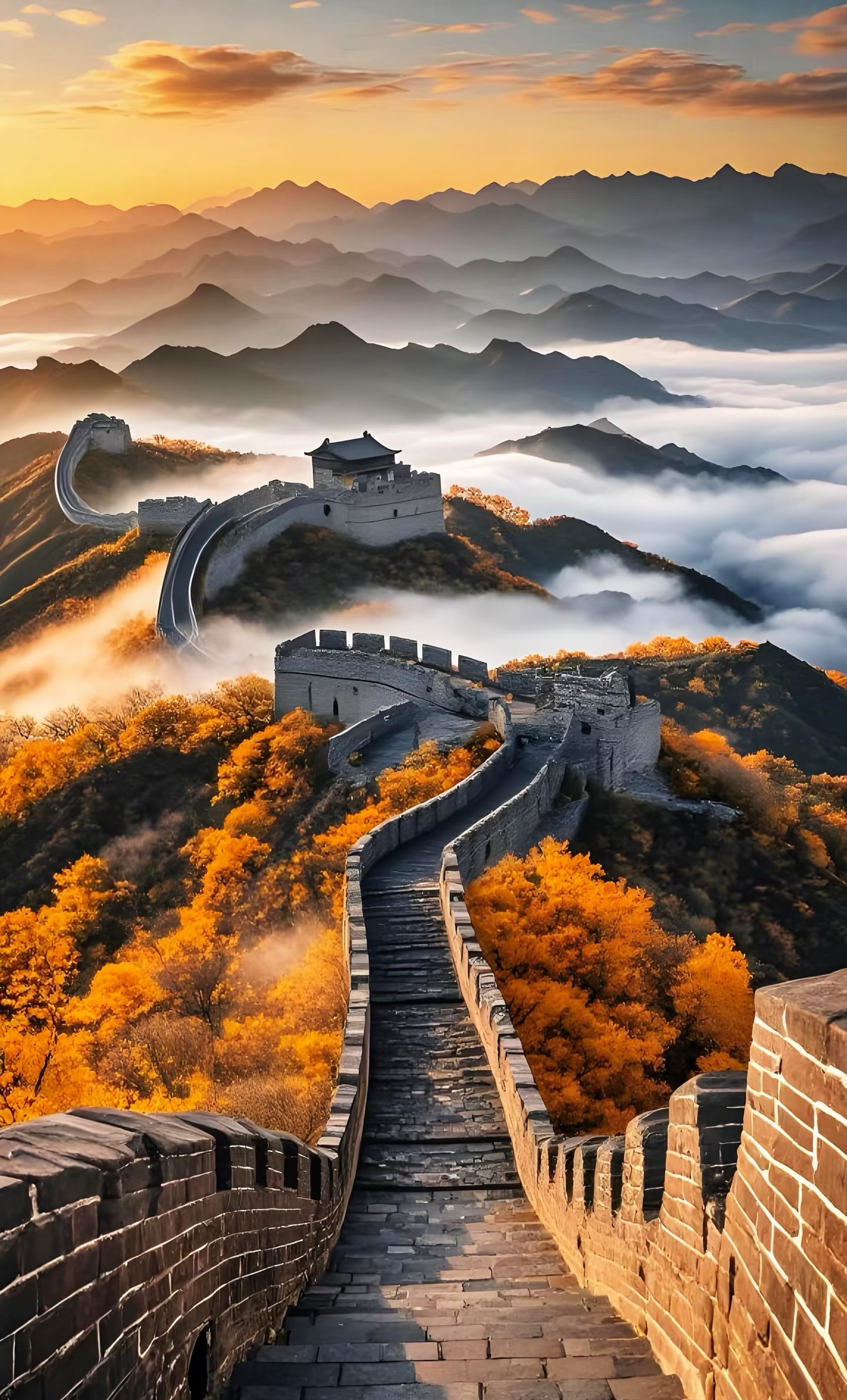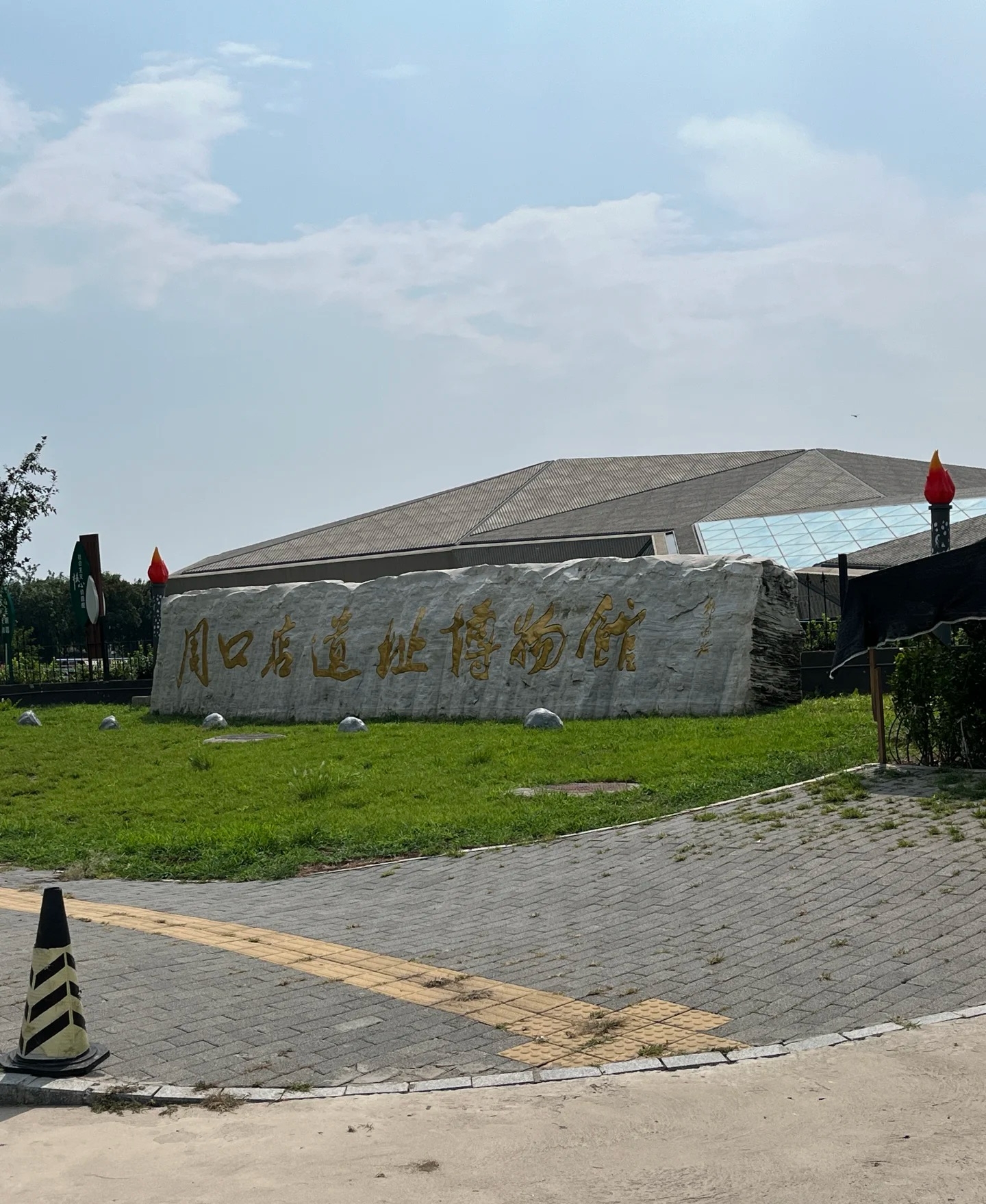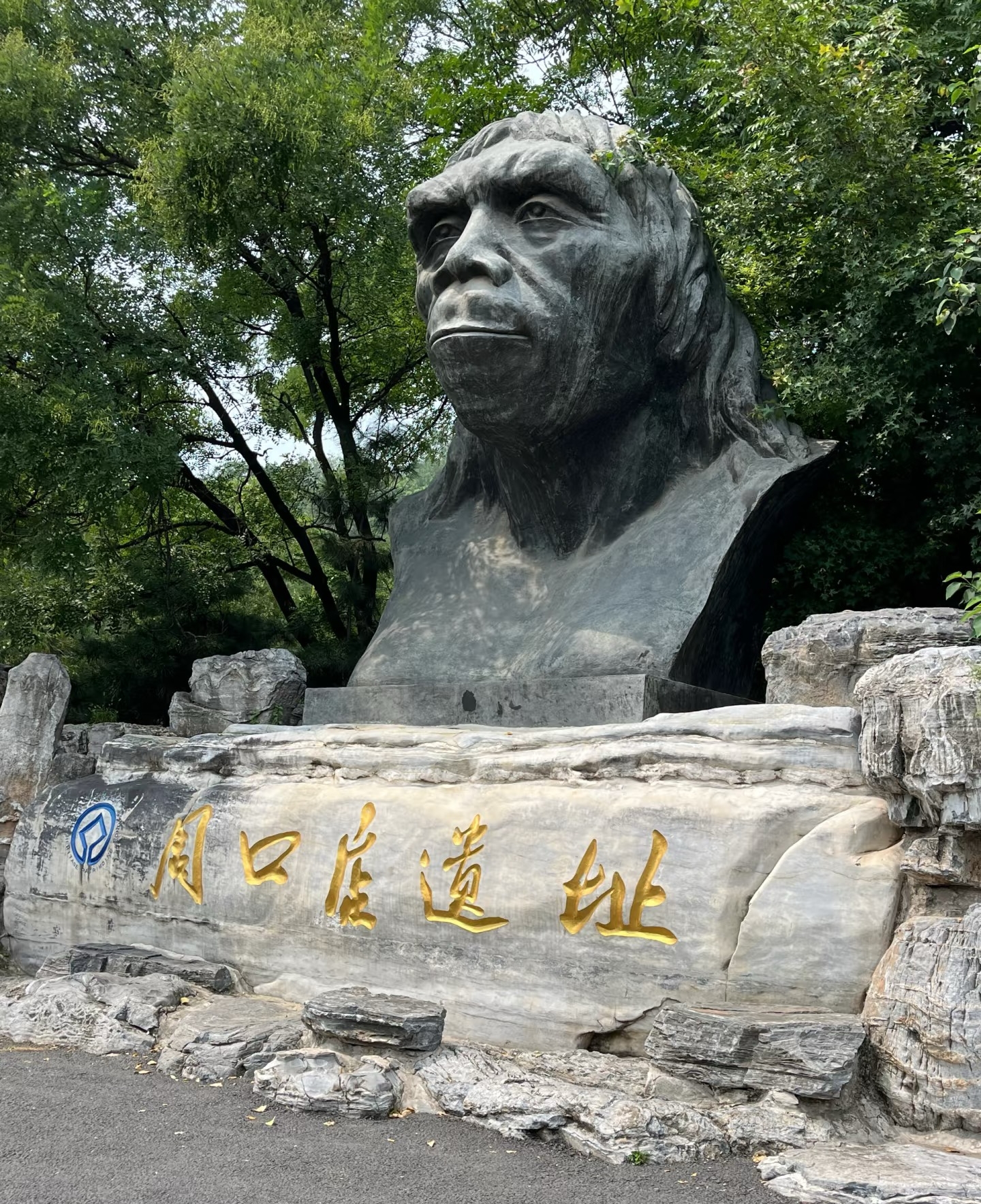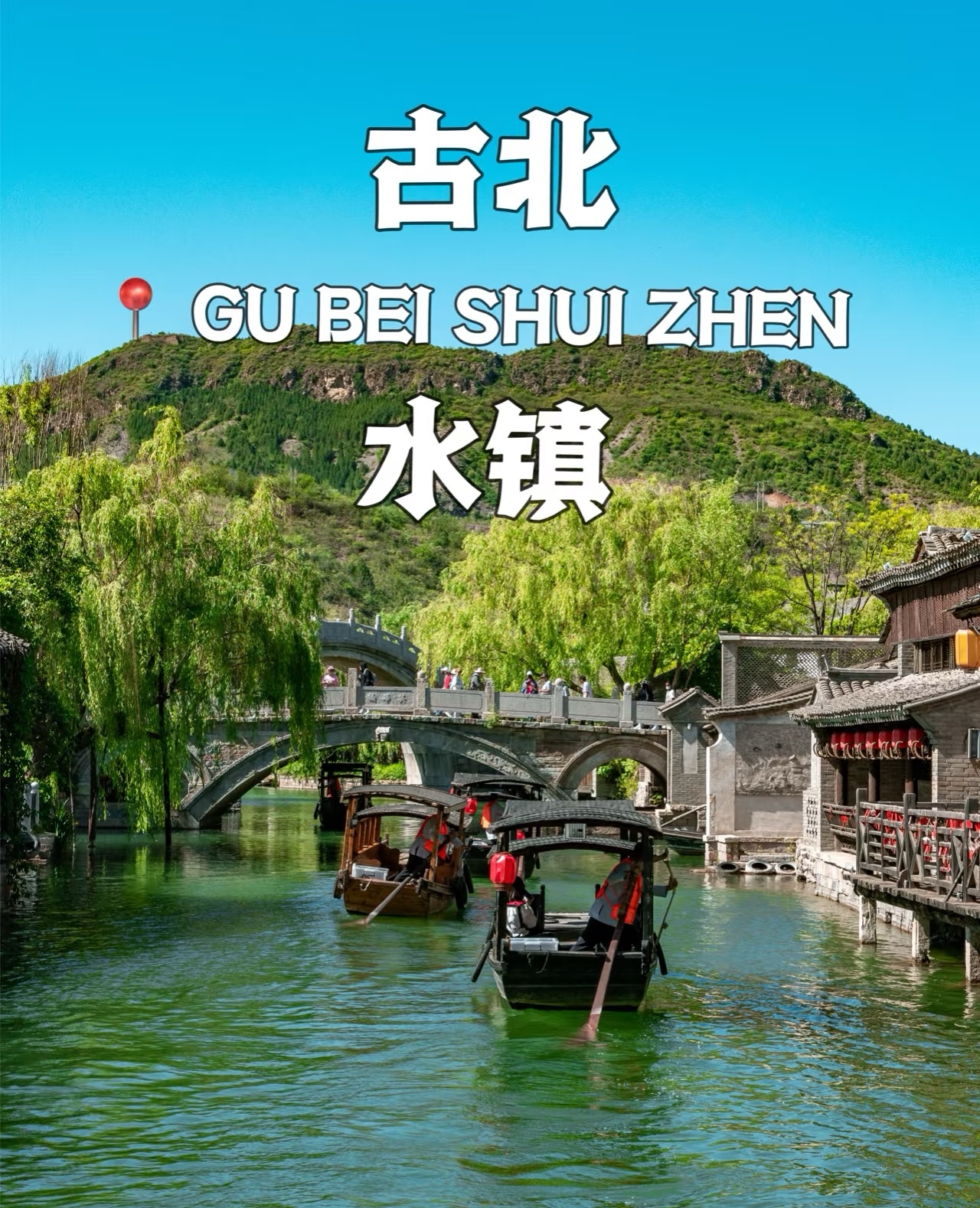

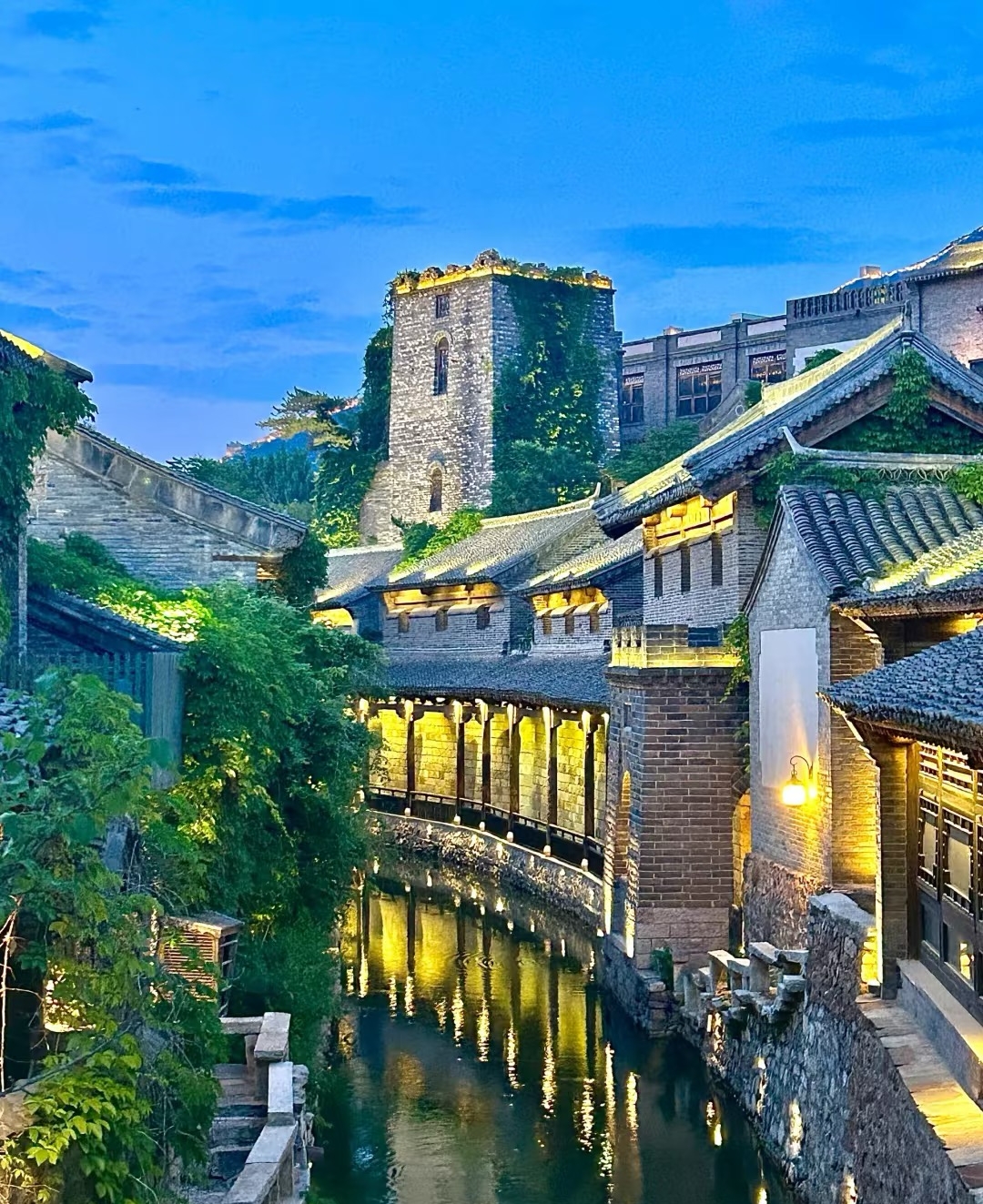
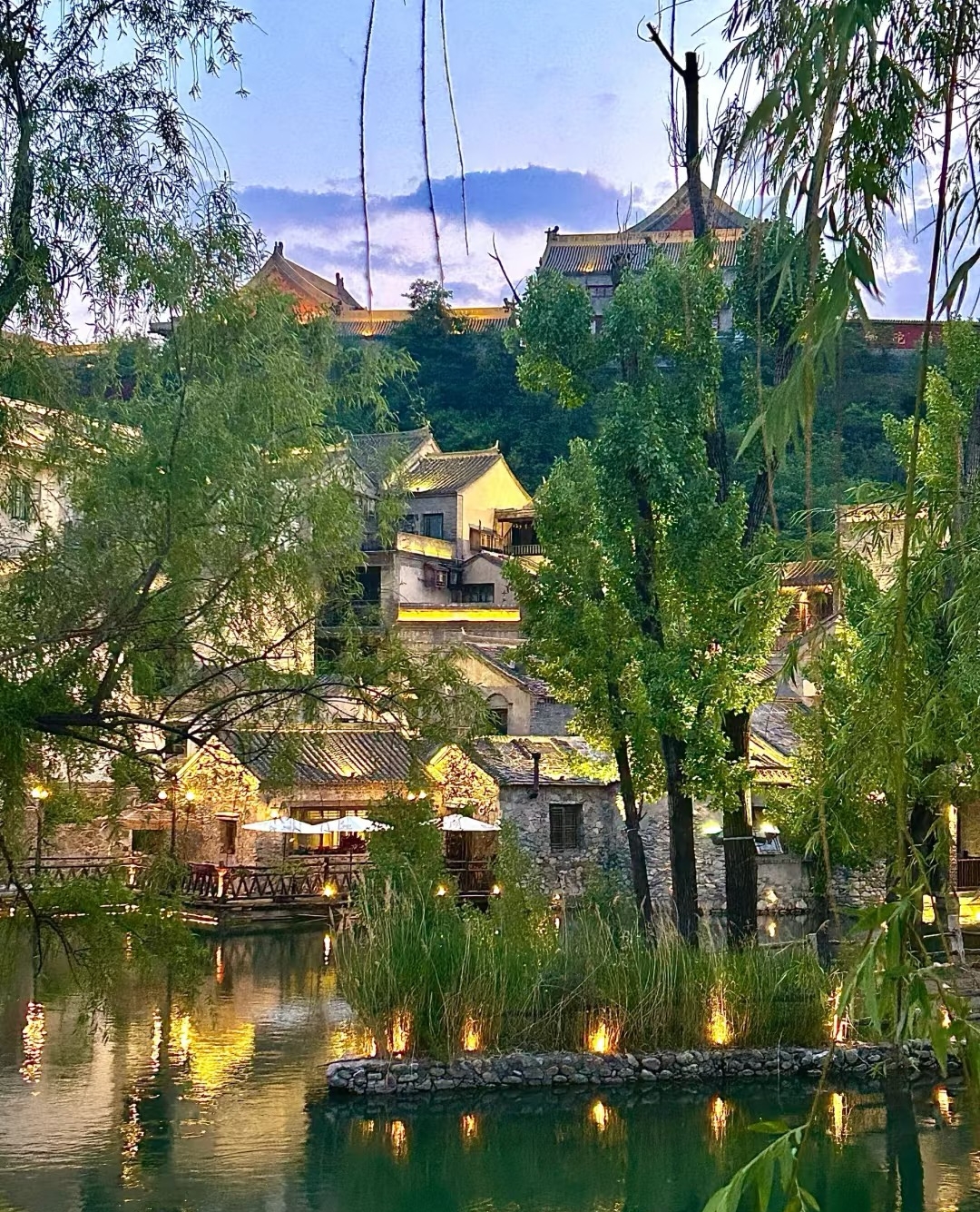
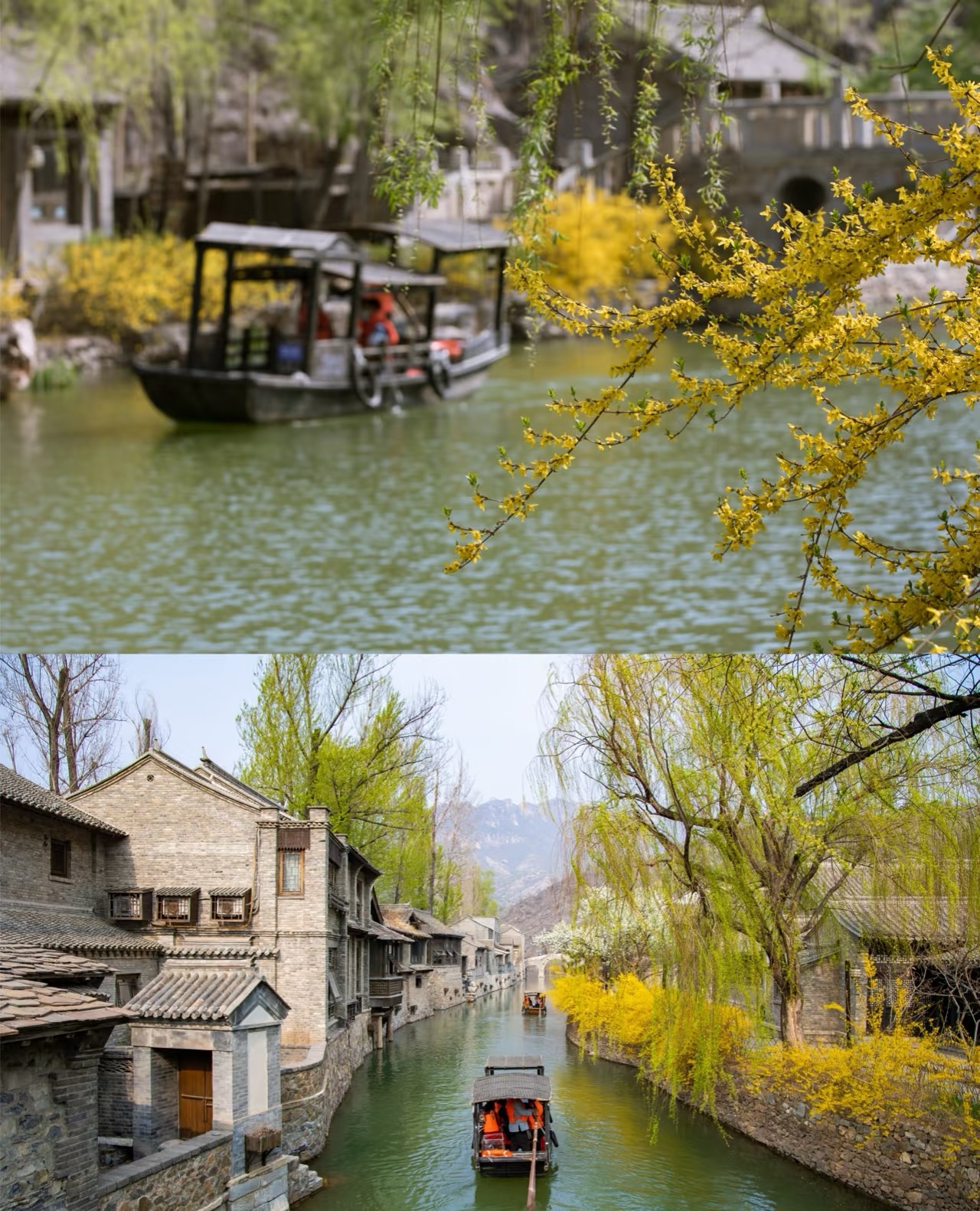
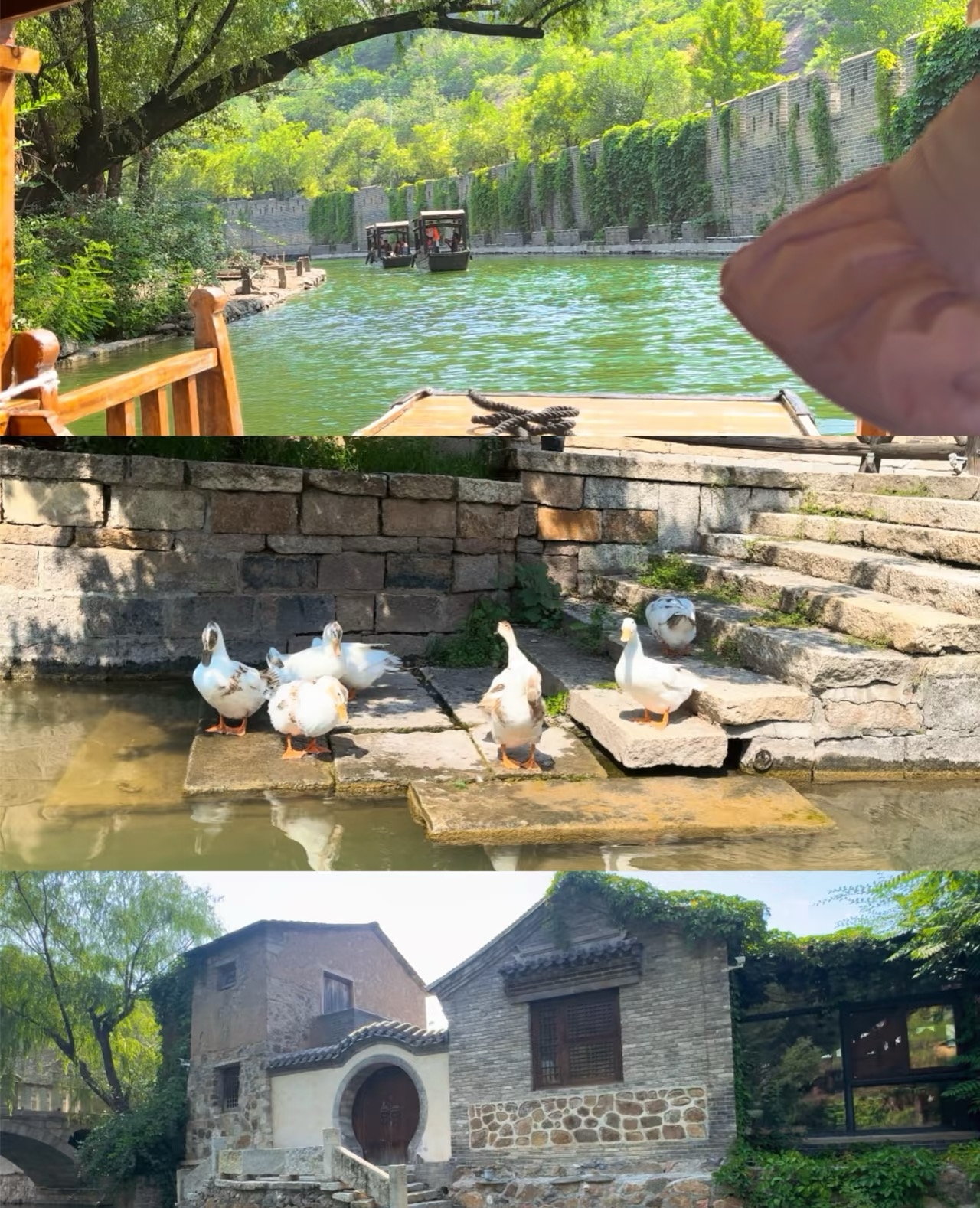
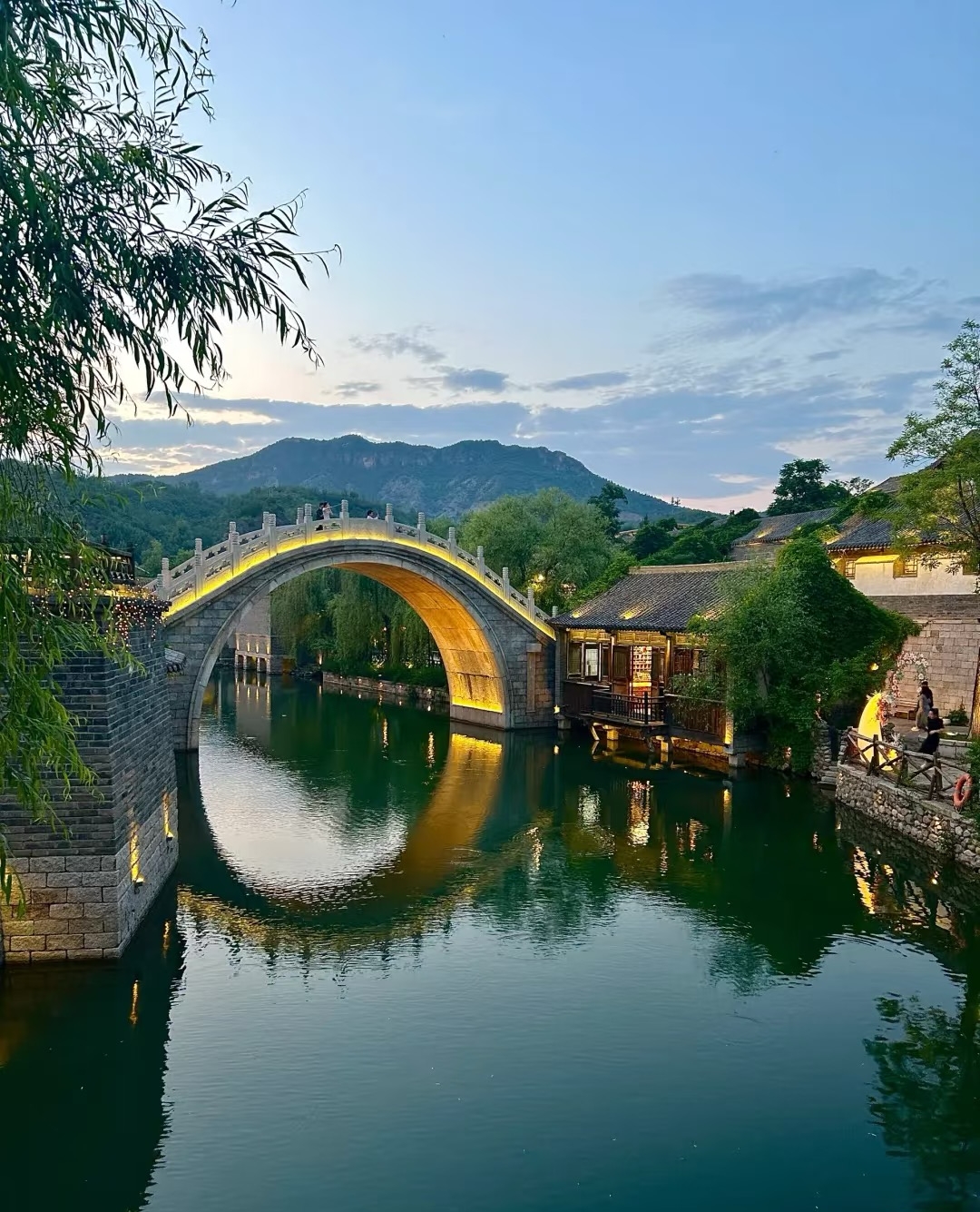
Gubei Water Town
Gubei Water Town is a picturesque resort town built in the style of a traditional Chinese water town at the foot of the Simatai section of the Great Wall. Featuring canals, bridges, traditional architecture, and stone streets, it combines the charm of southern Chinese water towns with the rugged beauty of northern China. The town is particularly famous for its stunning night views when buildings are illuminated, and visitors can enjoy hot springs, cultural performances, and local cuisine.
Information
Ticket price
Time
Location
Simatai Village, Gubeikou Town, Miyun District, Beijing, China
View maps
More about the trip
Gubei Water Town: A Picturesque Northern Water Town at the Great Wall
Gubei Water Town is a picturesque resort town built in the style of a traditional Chinese water town at the foot of the Simatai section of the Great Wall. Featuring canals, bridges, traditional architecture, and stone streets, it combines the charm of southern Chinese water towns with the rugged beauty of northern China. The town is particularly famous for its stunning night views when buildings are illuminated, and visitors can enjoy hot springs, cultural performances, and local cuisine, making it a unique and enchanting destination.
What to See and Do
Explore the Water Town: Wander through the charming stone streets, cross ancient bridges, and take a boat ride along the canals. The town is meticulously designed to evoke the feel of a traditional southern Chinese water town.
Night Views: Gubei Water Town is renowned for its spectacular night views. The entire town is beautifully illuminated after dark, creating a magical and romantic atmosphere. This is a major highlight and a must-see.
Simatai Great Wall: The town is located directly at the foot of the Simatai section of the Great Wall, which is known for its steepness and original features. You can take a cable car directly from the water town up to the Great Wall, and Simatai is the only section of the Great Wall open for night tours.
Hot Springs: Relax and rejuvenate in the natural hot springs available within the resort, especially enjoyable after a day of exploring.
Cultural Performances: Enjoy various cultural performances, including traditional music, dance, and local folk arts, often held in the town squares or by the canals.
Local Cuisine and Shops: Sample a variety of local snacks and traditional dishes from the numerous restaurants and food stalls. Browse shops selling local handicrafts, souvenirs, and specialty products.
Best Time to Visit
Gubei Water Town is beautiful year-round. Spring and autumn offer pleasant weather. Winter can be magical with snow. The night views are a must-see, so plan to stay until after dark.
How to Get There
Gubei Water Town is located in Miyun District, about 120 kilometers northeast of Beijing. There are direct tourist buses from Dongzhimen Bus Station in Beijing to Gubei Water Town. Many tour operators offer organized day trips or overnight stays.
Travel Tips
Wear comfortable shoes: You'll be doing a lot of walking on stone streets.
Book accommodation in advance: If you plan to stay overnight, especially on weekends or holidays, book your hotel well in advance.
Combine with Simatai Great Wall: The proximity makes it ideal to visit both attractions together, especially for the night tour of the Great Wall.
Photography: The illuminated town and Great Wall offer fantastic photo opportunities.

